

— Blogs —
—Products—
 Consumer hotline +8618073152920
Consumer hotline +8618073152920 WhatsApp:+8615367865107
Address:Room 102, District D, Houhu Industrial Park, Yuelu District, Changsha City, Hunan Province, China
Product knowledge
Time:2024-11-15 10:37:18 Popularity:774
In hydrology, a variety of equipment is used to monitor and analyze hydrological phenomena. The following are some of the commonly used hydrological monitoring equipment and their brief introduction:
- Working principle: the use of electromagnetic waves to detect the water level. Radar water level meter from the sensor antenna transmits radar pulses, when the pulse meets the water surface is reflected back. By calculating the time interval between the pulse transmission and reception, the distance between the radar water level meter and the water surface is derived, combined with the installation elevation, the real-time water level is calculated.
- Use: Used for real-time monitoring of water level changes in rivers, lakes, reservoirs and other water bodies.
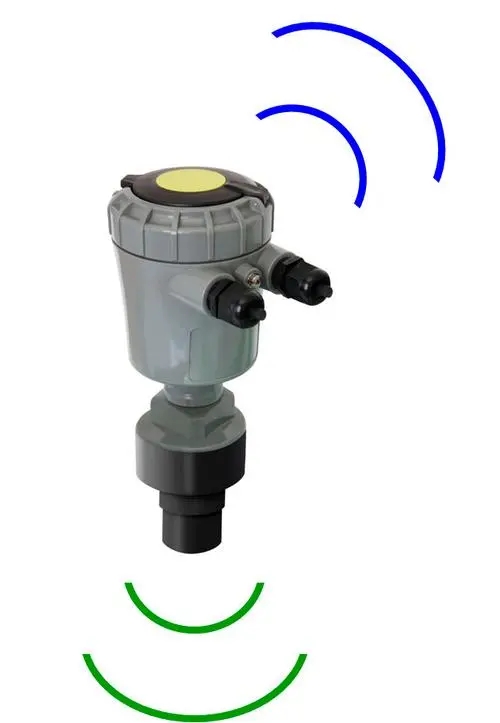
- Working principle: through the float up and down to reflect changes in water level, and this change is converted into an electrical signal for transmission and processing.
- Usage: suitable for water level monitoring of various water bodies, such as rivers, lakes, reservoirs and so on.
- Principle of operation: through the ultrasonic transducer transmits high-frequency ultrasonic pulse, when the pulse meets the water surface is reflected back, part of the reflected echo is received by the transducer and converted into an electrical signal. The time difference from emission to reception is proportional to the distance from the probe to the water surface, and the water level height is calculated.
- Use: Used for water level monitoring in flood warning, water resource management and other scenarios.
- Working principle: to deduce the water level by measuring the pressure of the water body, applicable to deep water environment.
- Usage: used for water level monitoring in deep water environment.
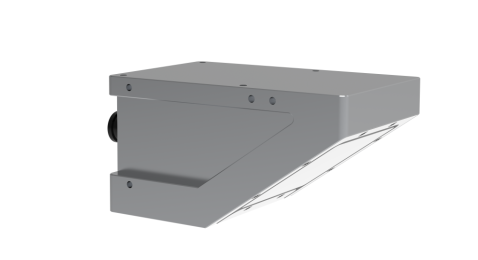
- Working principle: use mechanical or electromagnetic principle to measure the speed of water flow, and then calculate the flow rate.
- Type:
- Mechanical tachometers: such as rotor tachometers, rotating cup tachometers, through the water flow to promote the rotor or rotating cup rotation, the speed of rotation is proportional to the flow rate.
- Electromagnetic tachometers: Calculate the flow rate by measuring the change in voltage generated when the water passes through a magnetic field, suitable for water bodies with good electrical conductivity.
- Acoustic Doppler Current Profiler (ADCP): emits acoustic waves and calculates the flow velocity by measuring the Doppler shift of the acoustic waves in a moving body of water, suitable for rivers, lakes and oceans.
- Uses: Suitable for flow monitoring in rivers, channels and other water bodies.
- Working Principle: Calculate the flow rate by measuring the flow velocity and cross-sectional area of a fluid in a pipe.
- Type:
- Electromagnetic flowmeter: the use of electromagnetic induction principle to measure the flow rate and flow, applicable to conductive liquids.
- Ultrasonic flowmeter: the use of ultrasonic propagation time difference or Doppler effect to measure the flow rate and flow, applicable to a variety of fluids.
- Laser distance flowmeter: the use of laser distance principle to measure the flow rate and flow, applicable to high-precision measurement.
- Use: widely used in industrial, agricultural irrigation and other areas of flow monitoring.
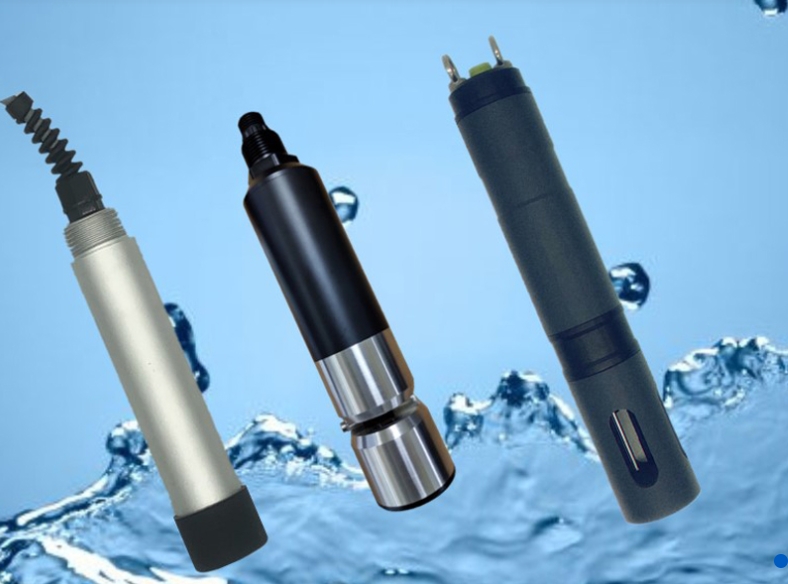
- Working principle: the use of chemical, physical or biological methods to monitor the indicators in the water body, such as turbidity, pH, dissolved oxygen, conductivity and so on.
- Types:
- Physical parameter monitor: such as thermometer, turbidity meter, conductivity meter.
- Chemical parameters monitor: such as pH meter, redox potential meter, ion selective electrode.
- Biological parameters monitor: such as dissolved oxygen meter.
- Comprehensive water quality monitor: integration of a variety of sensors, can simultaneously monitor a variety of water quality parameters.
- Portable water quality monitor: small size, easy to carry, suitable for rapid on-site testing.
- Online water quality monitoring system: continuous automatic monitoring of water quality parameters, real-time transmission of data.
- Usage: Used to monitor and evaluate the water quality condition of water bodies and provide data support for water resources protection and management.
- Working Principle: Calculate rainfall by collecting rainwater and measuring its volume.
- Type:
- Standard rain gauge: suitable for long-term, fixed location rainfall measurement.
- Tipping bucket rain gauge: suitable for automatic recording and remote transmission of data.
- Laser rain gauge: Provides non-contact, highly accurate measurements.
- Uses: Used to monitor and record precipitation and provide data support for weather forecasting and water resource management.
- Principle of operation: Calculates evaporation by measuring the rate of evaporation from the water surface.
- Uses: Used to study the evaporation process of water bodies and assess the evaporation loss of water resources.
- Working principle: Used to monitor the temperature, humidity, air pressure and other meteorological elements in the atmosphere.
- Type:
- Thermometers: measure water and air temperatures.
- Hygrometer: Measures air humidity.
- Barometer: Measures atmospheric pressure.
- Wind speed and direction sensors: monitor the strength and direction of the wind.
- Solar Radiation Sensor: Assesses solar energy input.
- Purpose: To provide auxiliary data for weather forecasting and hydrological monitoring.
- Principle of operation: Used to measure the moisture and water content of soil.
- Type:
- Conductivity meter: utilizes soil conductivity to measure soil moisture.
- Capacitance Soil Moisture Meter: Measures soil moisture using the capacitor principle.
- Moisture Tensiometer: Measures soil moisture tension using the capillary principle.
- Use: Used to study the relationship between surface water and groundwater and the role of evaporation.
- Working principle: Used to monitor suspended solid particles, sediment content, etc. in water bodies.
- Type:
- Sediment sampler: used to collect sediment samples from water bodies.
- Laser Scattering Sensor: Measures the concentration and particle size distribution of suspended particles using the laser scattering principle.
- Uses: Used to assess sediment content and sediment characteristics in water bodies.
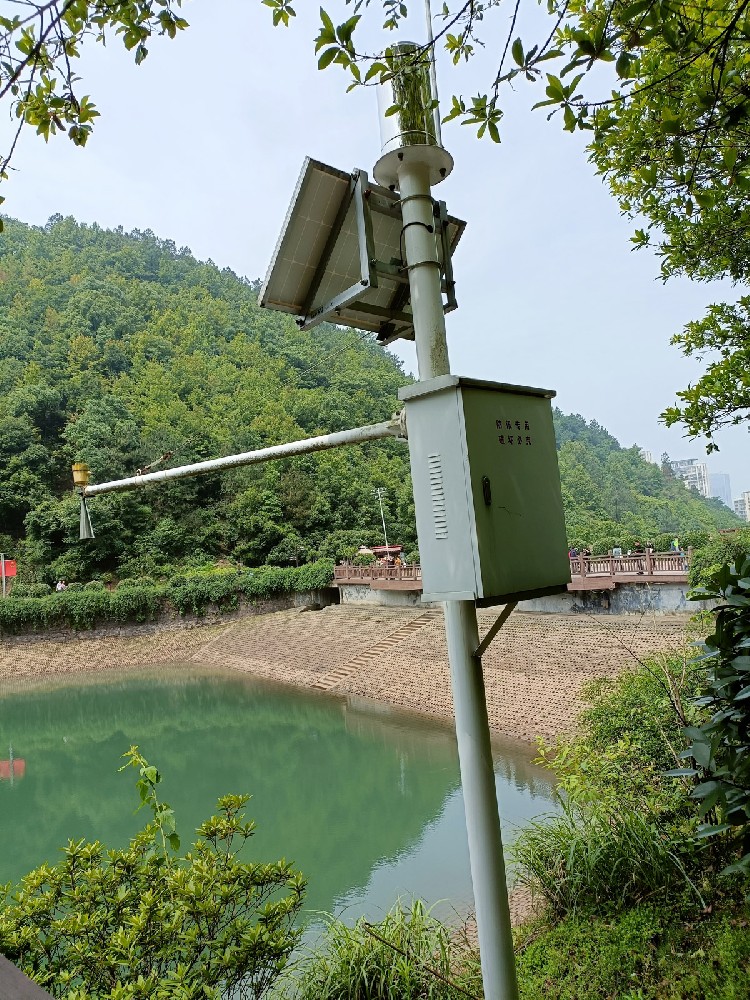
- Function: responsible for real-time transmission of data collected by the monitoring equipment to the data center or relevant institutions for subsequent analysis and application.
- Type:
- Data Acquisition Unit (DAQ): including microprocessor, analog-to-digital converter and memory, responsible for initial processing and storage of data.
- Communication module: includes wired communication (e.g. RS485, MBUS, Ethernet, fiber optic) and wireless communication (e.g. GPRS/3G/4G/5G, LoRa, NB-IoT, satellite communication).
- Importance: Ensure the timeliness and accuracy of monitoring data.
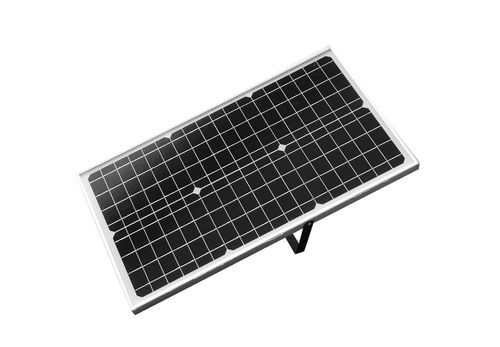
- Function: Provide continuous energy supply for hydrological stations in remote areas to ensure long-term operation of equipment.
- Usage: Applicable to monitoring stations that are far away from the power grid.
- Function: Including lightning protection facilities and waterproof enclosures to ensure the safe and stable operation of the equipment under adverse weather conditions.
- Purpose: To protect the monitoring equipment from damage.
- Function: Ensure stable installation of sensors, accurate measurement, and adapt to different terrain and water conditions.
- Purpose: To ensure the reliability of monitoring data.
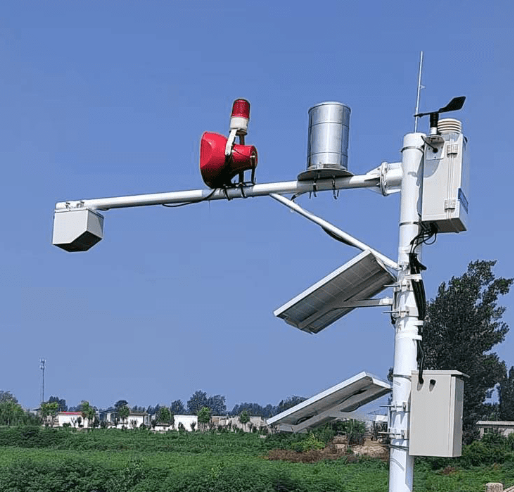
- Function: for processing, analyzing and storing the transmitted data for subsequent use.
- Type:
- Server: High-performance computing and storage equipment to support large-scale data processing and storage.
- Database management system: for data storage, management and querying, supporting multiple database formats.
- Data visualization software: for data display and analysis, providing intuitive data view.
- Function: When the monitoring data exceeds the preset threshold, it can automatically send out an alarm signal to remind the relevant personnel to take countermeasures.
- Type:
- Sound and light alarm: emit sound and light signals, applicable to on-site alarm.
- SMS Alarm: Notify relevant personnel through SMS, applicable to remote alarm.
- Mail alarm system: notify relevant personnel through e-mail, applicable to remote alarm.
- Platform alarm system: send alarm information through the monitoring platform, supporting a variety of alarm methods.
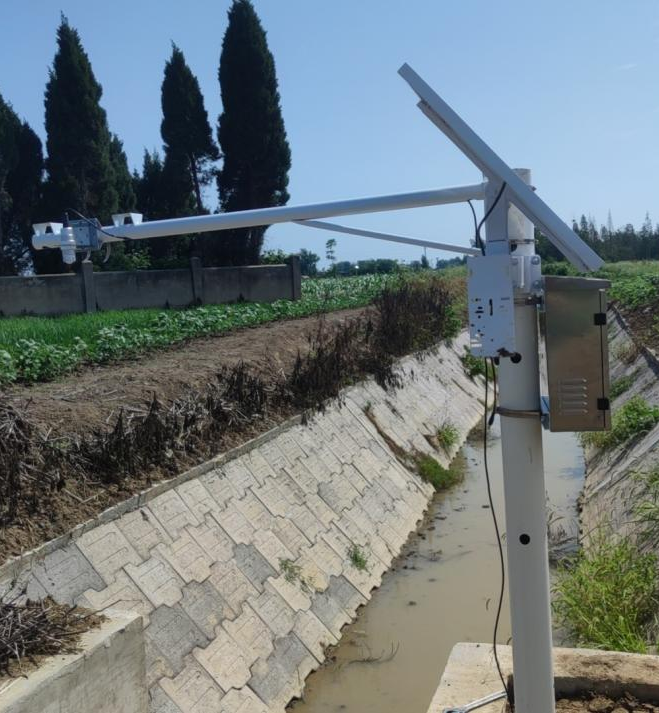
Summarize
There are many kinds of equipment used in hydrology, and each kind of equipment has its unique working principle and use. Together, these devices form the basis of the hydrological monitoring system, providing important data support for water resource management, meteorological forecasting, disaster prevention and mitigation and other fields. Through the integrated application of these devices, it is possible to gain a comprehensive understanding of all aspects of the water cycle, from precipitation, evaporation, and runoff to changes in water quality, and to provide a scientific basis for water resource management, flood warnings, ecological studies, and water resource planning.
Related recommendations
Sensors & Weather Stations Catalog
Agriculture Sensors and Weather Stations Catalog-NiuBoL.pdf
Weather Stations Catalog-NiuBoL.pdf
Related products
 Combined air temperature and relative humidity sensor
Combined air temperature and relative humidity sensor Soil Moisture Temperature sensor for irrigation
Soil Moisture Temperature sensor for irrigation Soil pH sensor RS485 soil Testing instrument soil ph meter for agriculture
Soil pH sensor RS485 soil Testing instrument soil ph meter for agriculture Wind Speed sensor Output Modbus/RS485/Analog/0-5V/4-20mA
Wind Speed sensor Output Modbus/RS485/Analog/0-5V/4-20mA Tipping bucket rain gauge for weather monitoring auto rainfall sensor RS485/Outdoor/stainless steel
Tipping bucket rain gauge for weather monitoring auto rainfall sensor RS485/Outdoor/stainless steel Pyranometer Solar Radiation Sensor 4-20mA/RS485
Pyranometer Solar Radiation Sensor 4-20mA/RS485
Screenshot, WhatsApp to identify the QR code
WhatsApp number:+8615367865107
(Click on WhatsApp to copy and add friends)